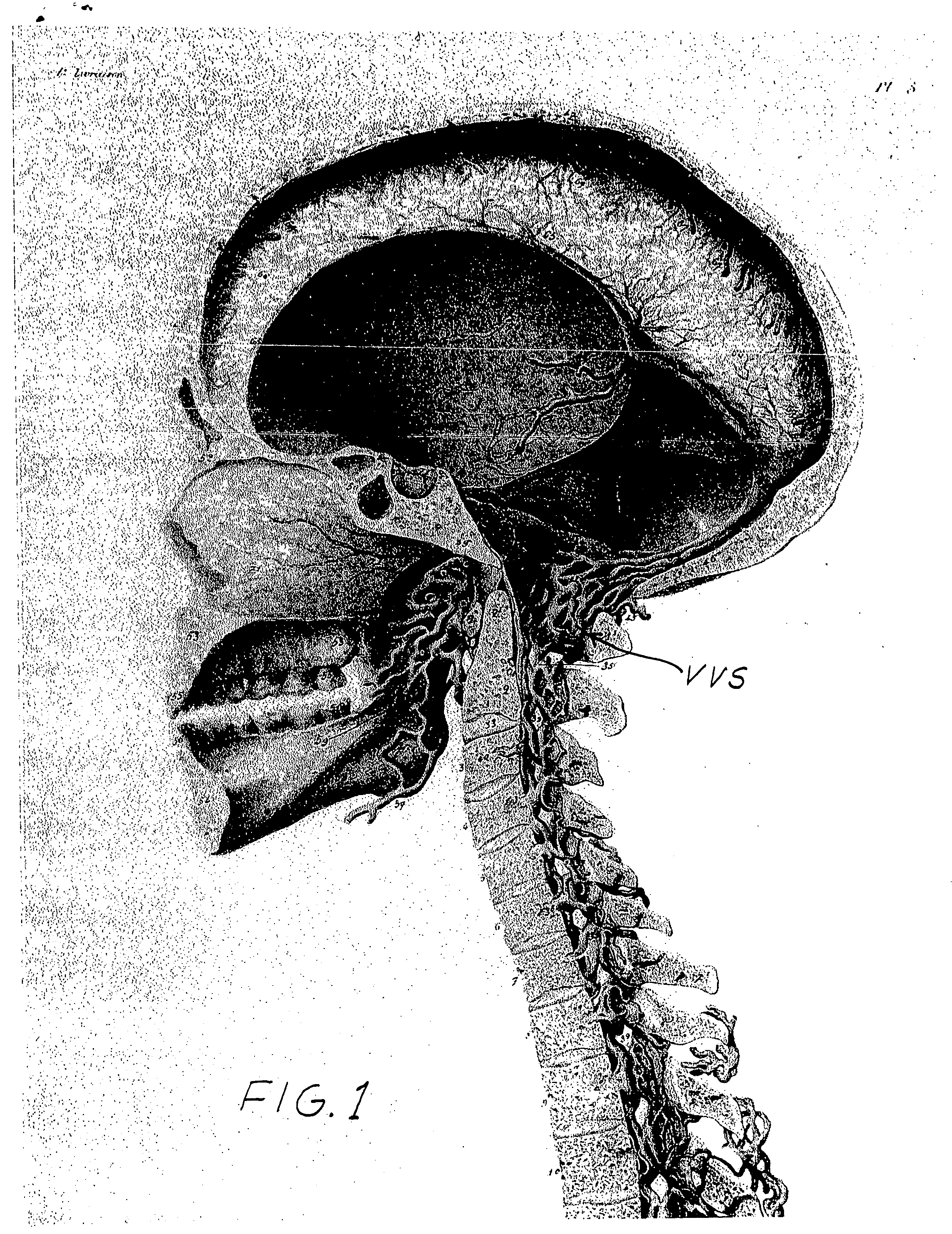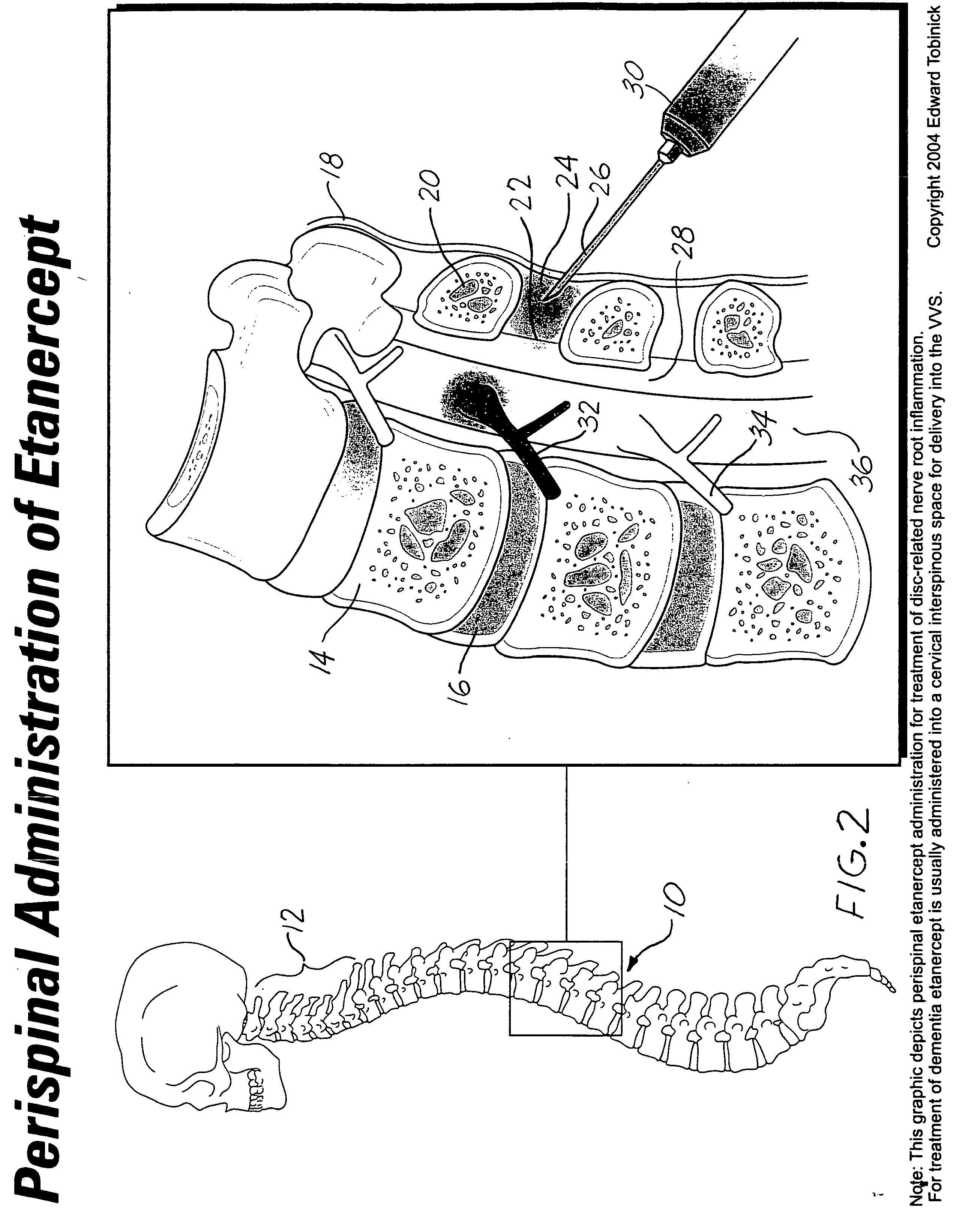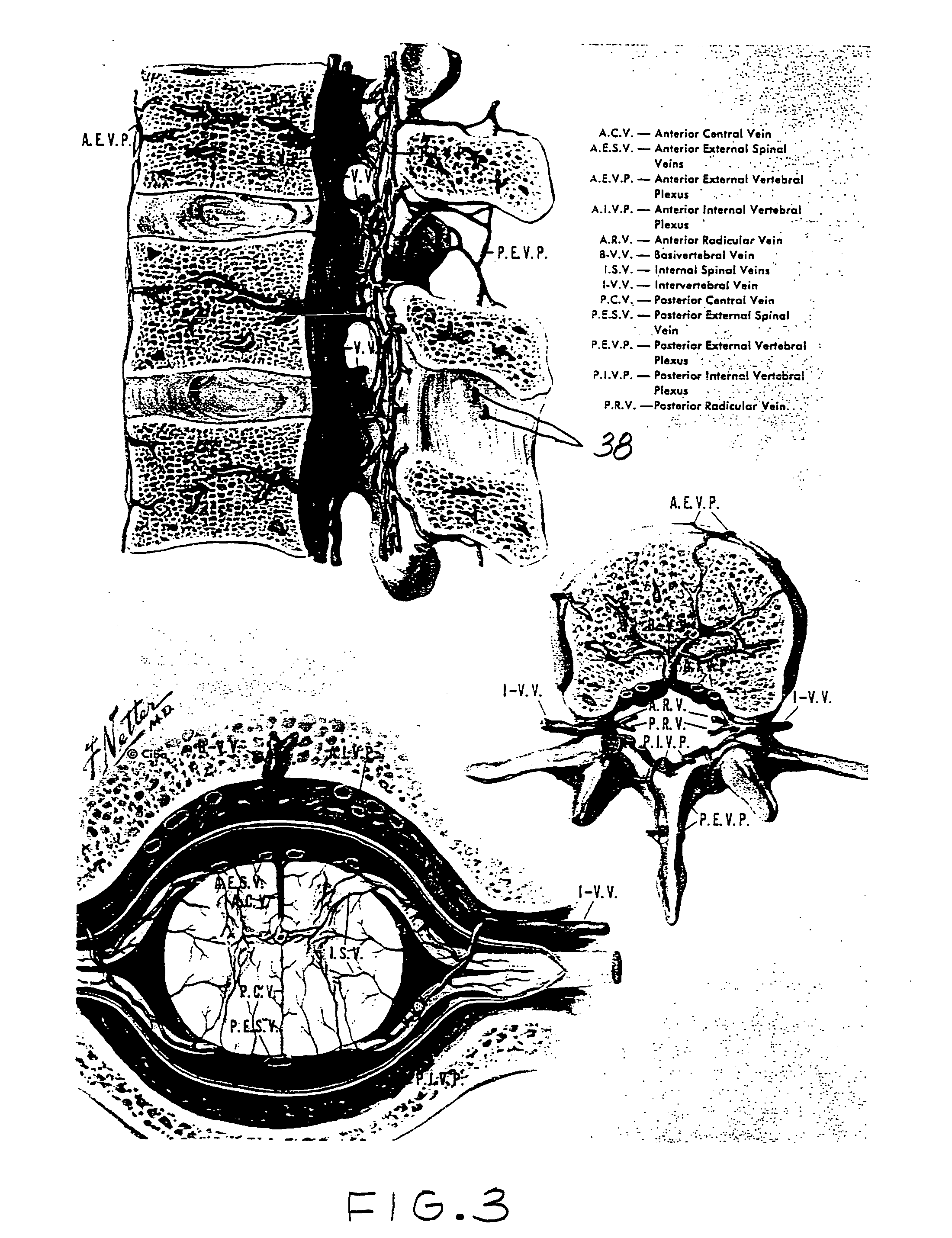The present invention provides specific methods of using and administering
etanercept to improve cognitive function in a human, for both the treatment and prevention of
cognitive impairment, or, alternatively, to enhance cognitive function in three different broad categories of conditions: 4.
Cognitive impairment which is characteristic of certain neurological disorders (for example Alzheimer's
Disease, Idiopathic
Dementia, and
Traumatic Brain Injury); 5.
Cognitive impairment which accompanies certain systemic or localized non-neurological conditions which are known or suspected to be associated with increased TNF (for example
rheumatoid arthritis,
psoriasis, and
cancer cachexia); and 6. To enhance cognitive function in individuals in whom there is either no brain
pathology or in whom the existence of brain
pathology is either unknown or undefined, including a human without known
disease. The
pathological conditions included in category 1 above include
dementia or
cognitive impairment suspected or established to be due to Alzheimer-type
pathology, including Mild
Cognitive Impairment, Possible Alzheimer's
Disease, Probable Alzheimer's
Disease, Alzheimer's Disease, and
Senile Dementia / Alzheimer's type; Idiopathic
Dementia or
Dementia of unknown cause;
Dementia with Lewy Bodies, also called Diffuse
Lewy Body Disease; Picks Disease and other forms of
frontotemporal dementia;
cognitive impairment due to
traumatic brain injury; AIDS (HIV) Dementia and Vascular Dementia.
Cognitive impairment known to be due to infectious agents other than HIV or to brain tumors, either primary or metastatic, are not the subject of this patent. Category 2 conditions include those medical conditions known to be associated with increased TNF, and specifically include
rheumatoid arthritis,
juvenile rheumatoid arthritis,
psoriasis, psoriatic
arthritis, and
ankylosing spondylitis, and, in addition,
cancer cachexia or
cancer metastatic to the spine. Also included Category 2 is chronic
back pain. Category 3 includes normal individuals, without a known
disease or disorder that has been established to be associated with elevated levels of TNF, who desire to achieve enhanced cognitive function. The methods of the present invention include not only the perispinal administration of
etanercept (which itself can be accomplished in various ways, including transcutaneous interspinous injection, or
catheter delivery into the epidural or interspinous space) but also other novel methods of localized administration, specifically including intranasal administration. For the purposes of this patent “perispinal” is to be considered as referring to “perispinal extrathecal”; therefore direct
intrathecal administration is excluded from the methods discussed. Perispinal administration involves anatomically localized delivery performed so as to place the therapeutic molecule directly in the vicinity of the spine, and, for the purposes of this patent, administration which is outside of the
intrathecal space (although subsequent movement of the therapeutic molecule into the
intrathecal space does occur). Perispinal administration includes, but is not limited to, the following types of administration: parenteral; subcutaneous; intramuscular; interspinous; epidural; or peridural, and specifically includes the use of interspinous injection carried through the
skin in the midline of the neck or back, directly overlying the spine; or administration via an indwelling epidural
catheter, or via an
indwelling catheter which delivers
etanercept to the interspinous space. Perispinal administration leads to enhanced delivery of etanercept to the brain in a therapeutically effective amount, via the vertebral venous
system and / or the
cerebrospinal fluid. Delivery of etanercept to the brain utilizing the methods of the present invention includes the use of the vertebral venous
system to deliver etanercept to the brain via retrograde
venous flow. In addition to
percutaneous injection into the interspinous space, etanercept may also be delivered to the interspinous or
epidural space by implantable
catheter, with the catheter reservoir placed remotely, such as in the abdominal area. Physical maneuvers are used to enhance delivery of etanercept to the brain via this
route. In addition to etanercept there are two other non-
monoclonal antibody TNF binding biologics of consideration in this patent: onercept (Serono) and pegylated soluble TNF
receptor type 1 (Amgen).
 Login to View More
Login to View More 


